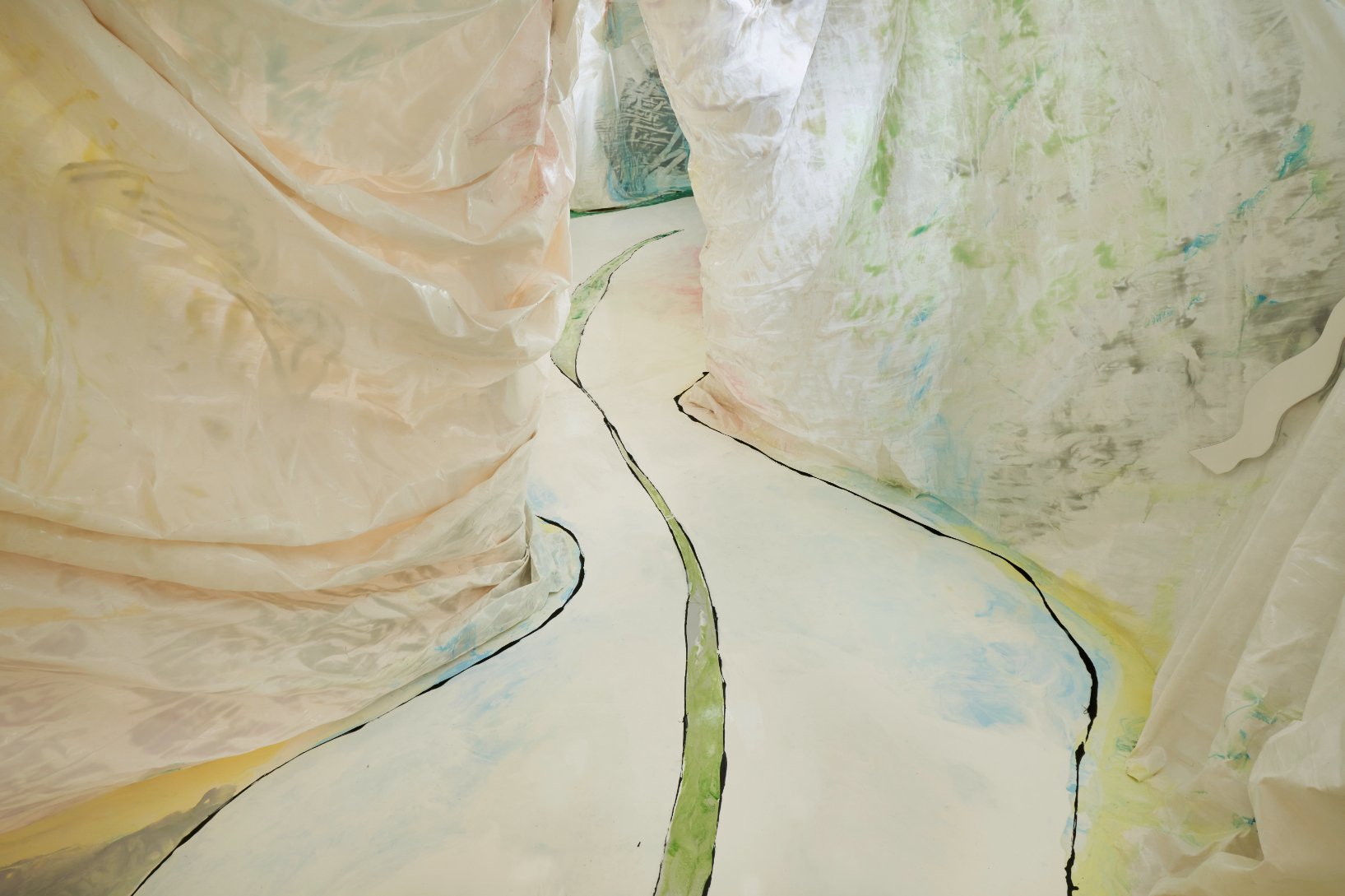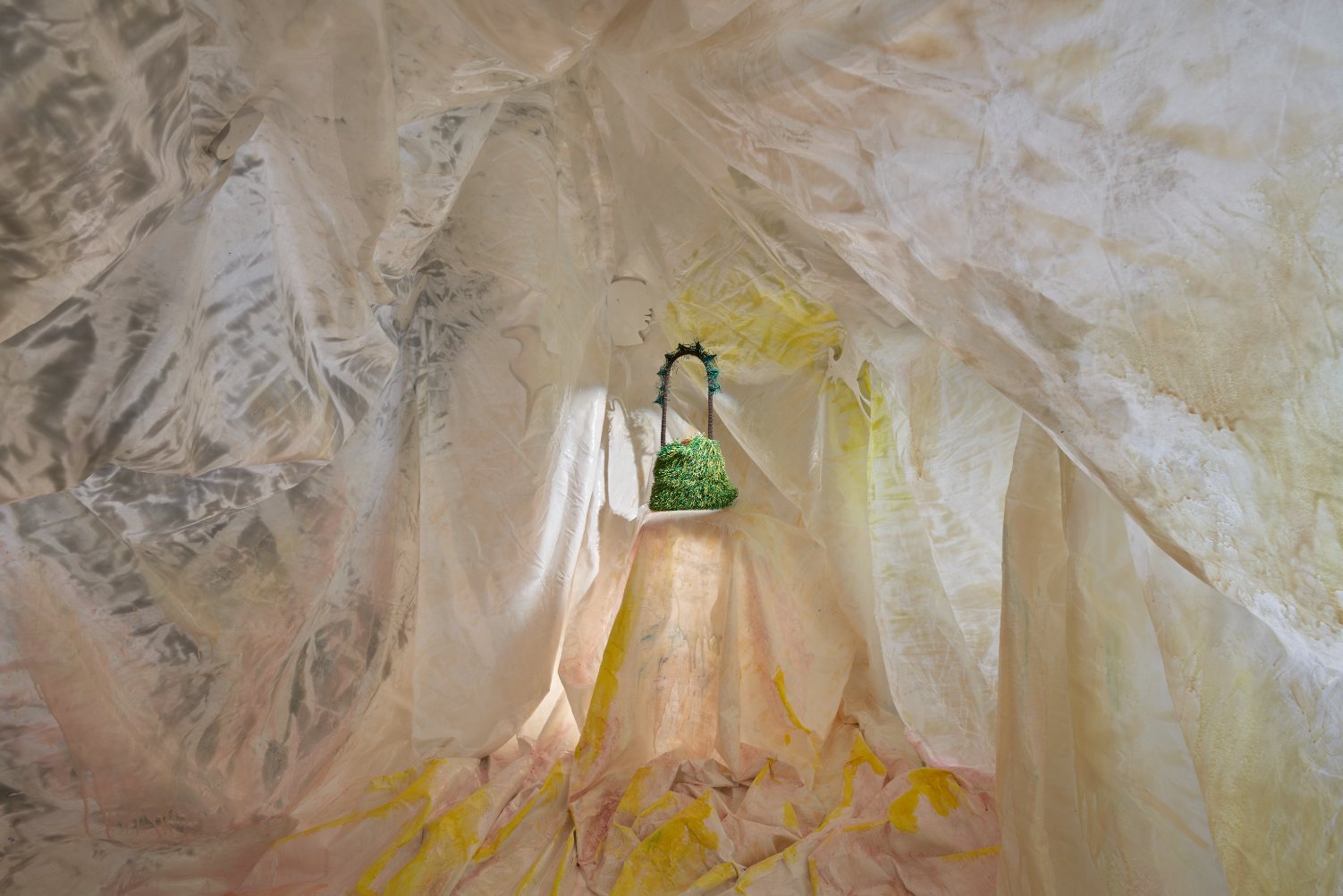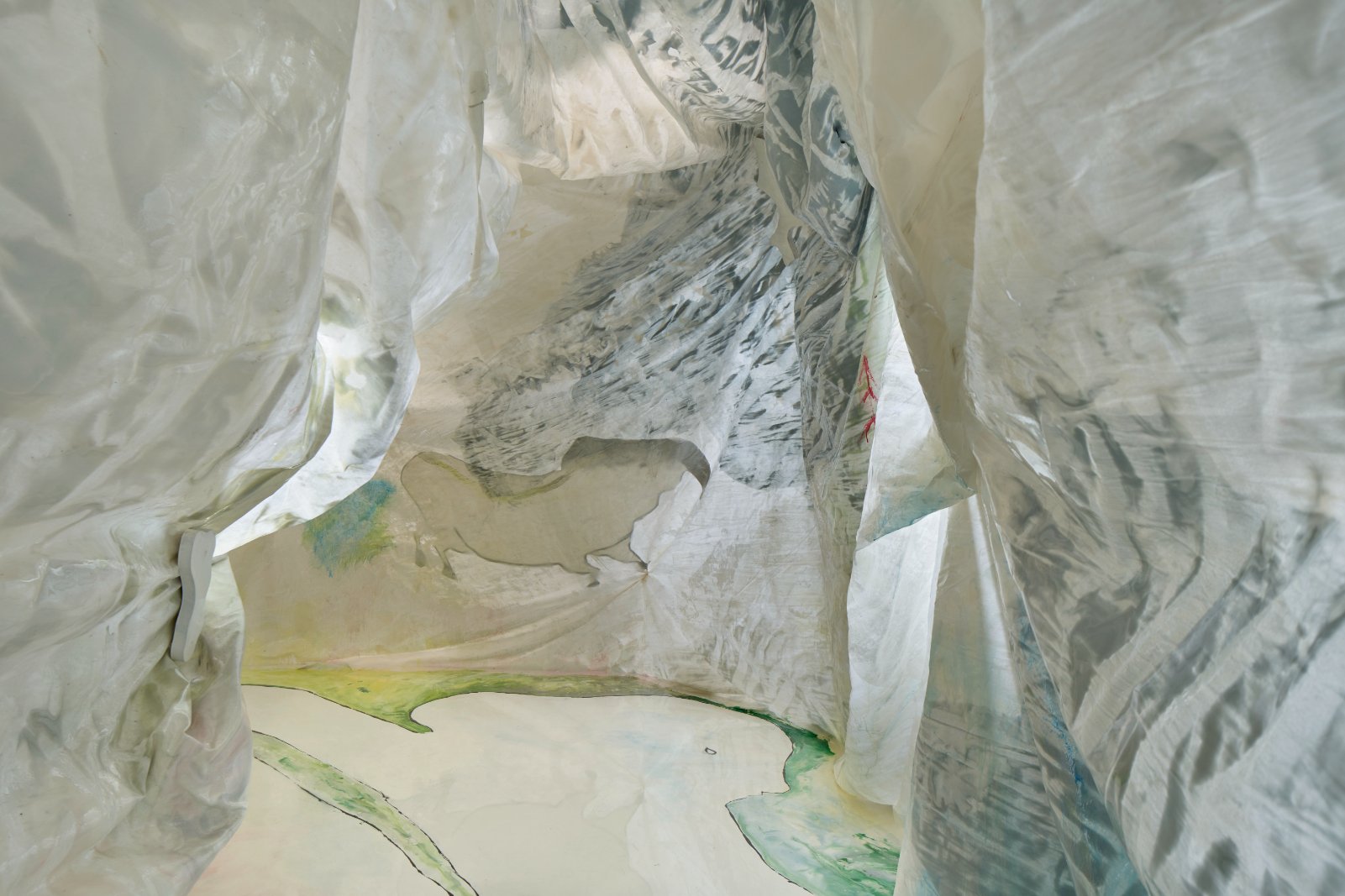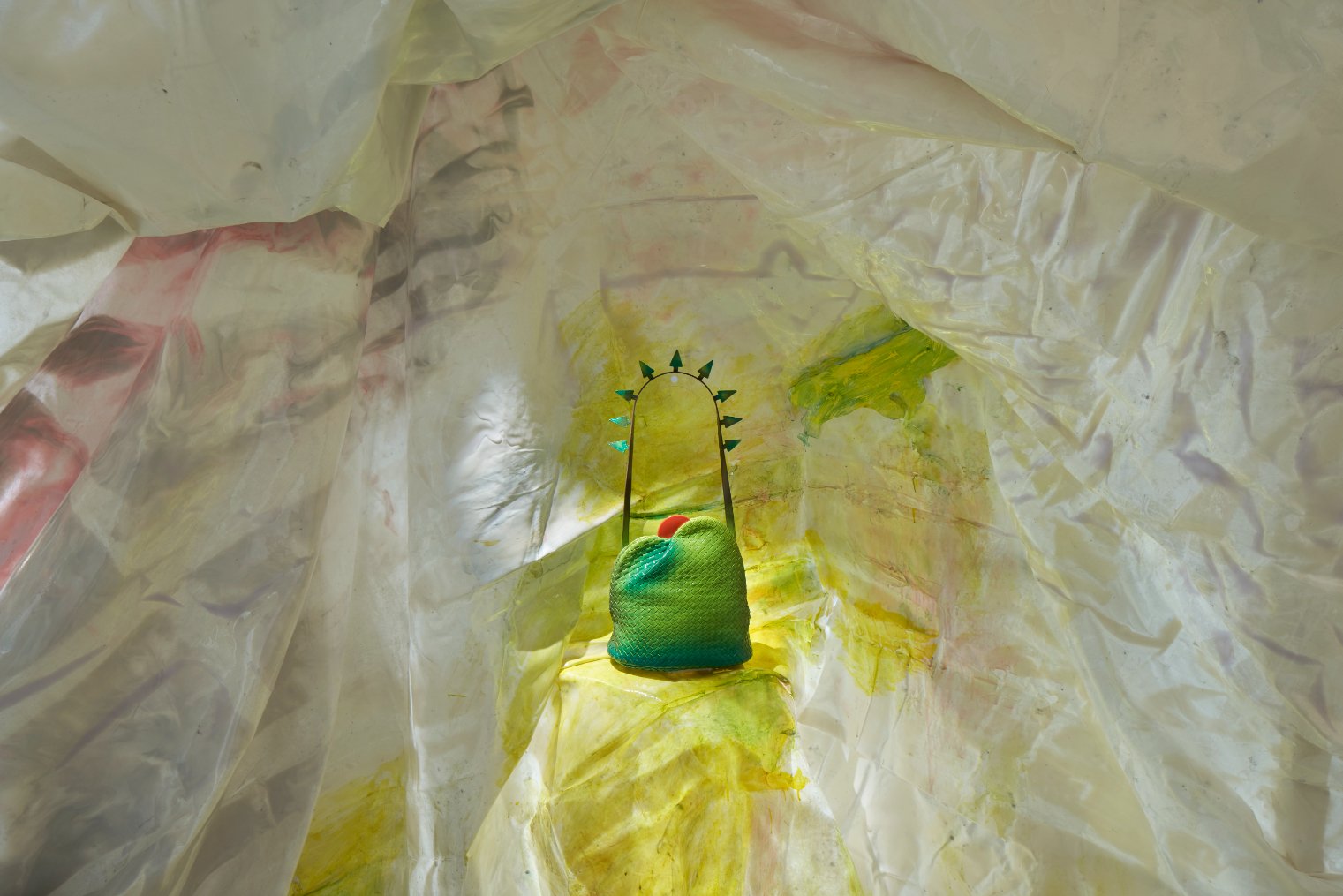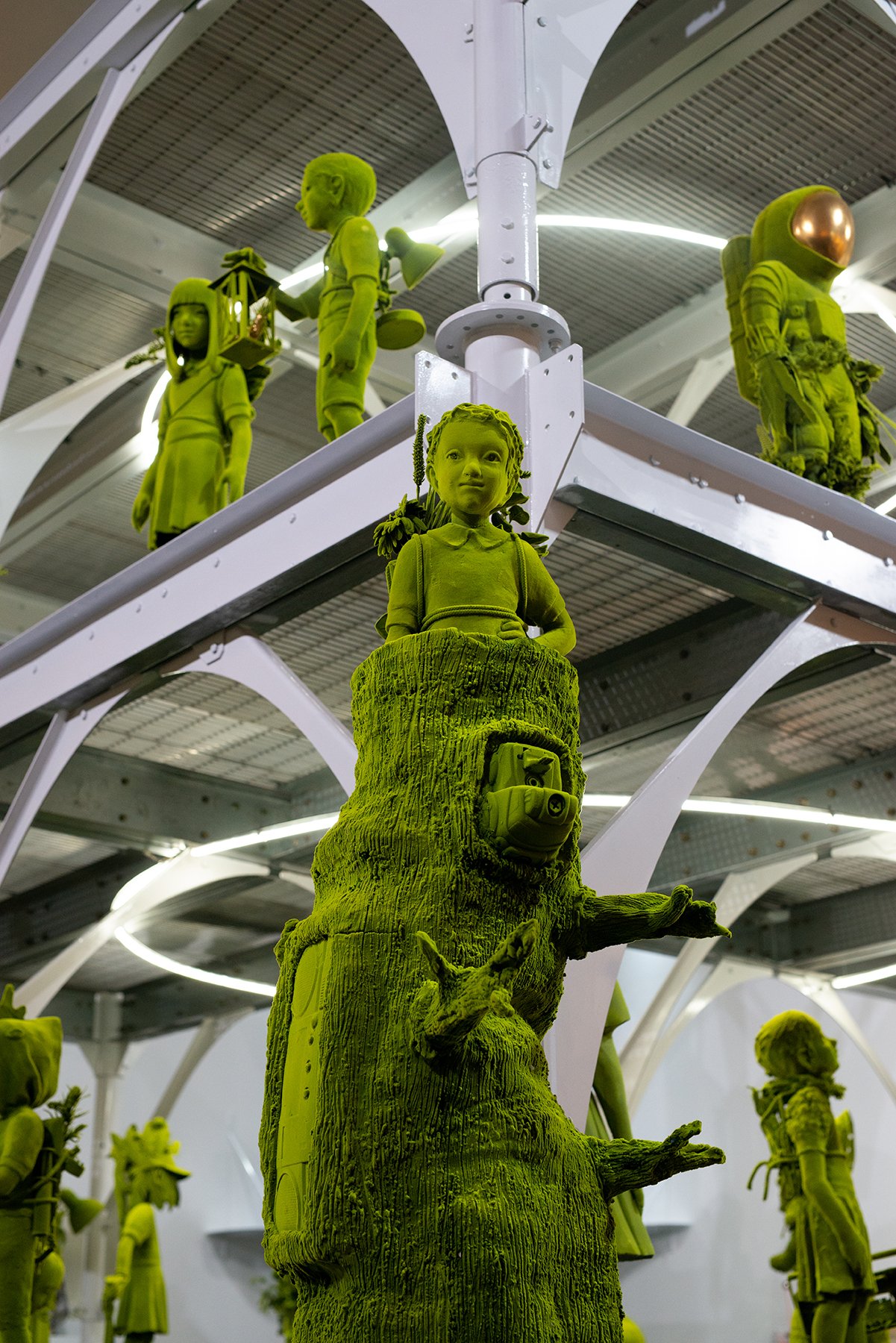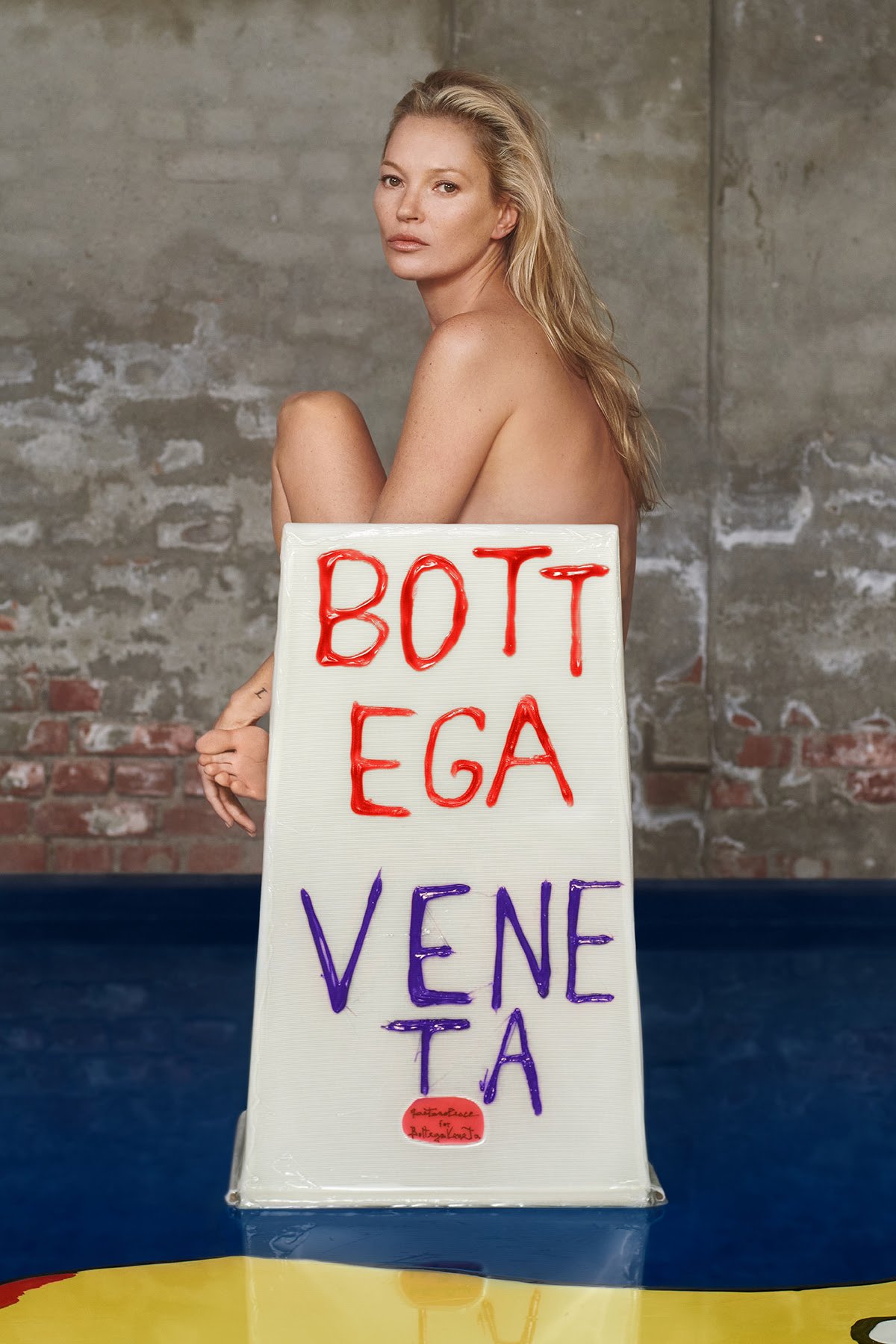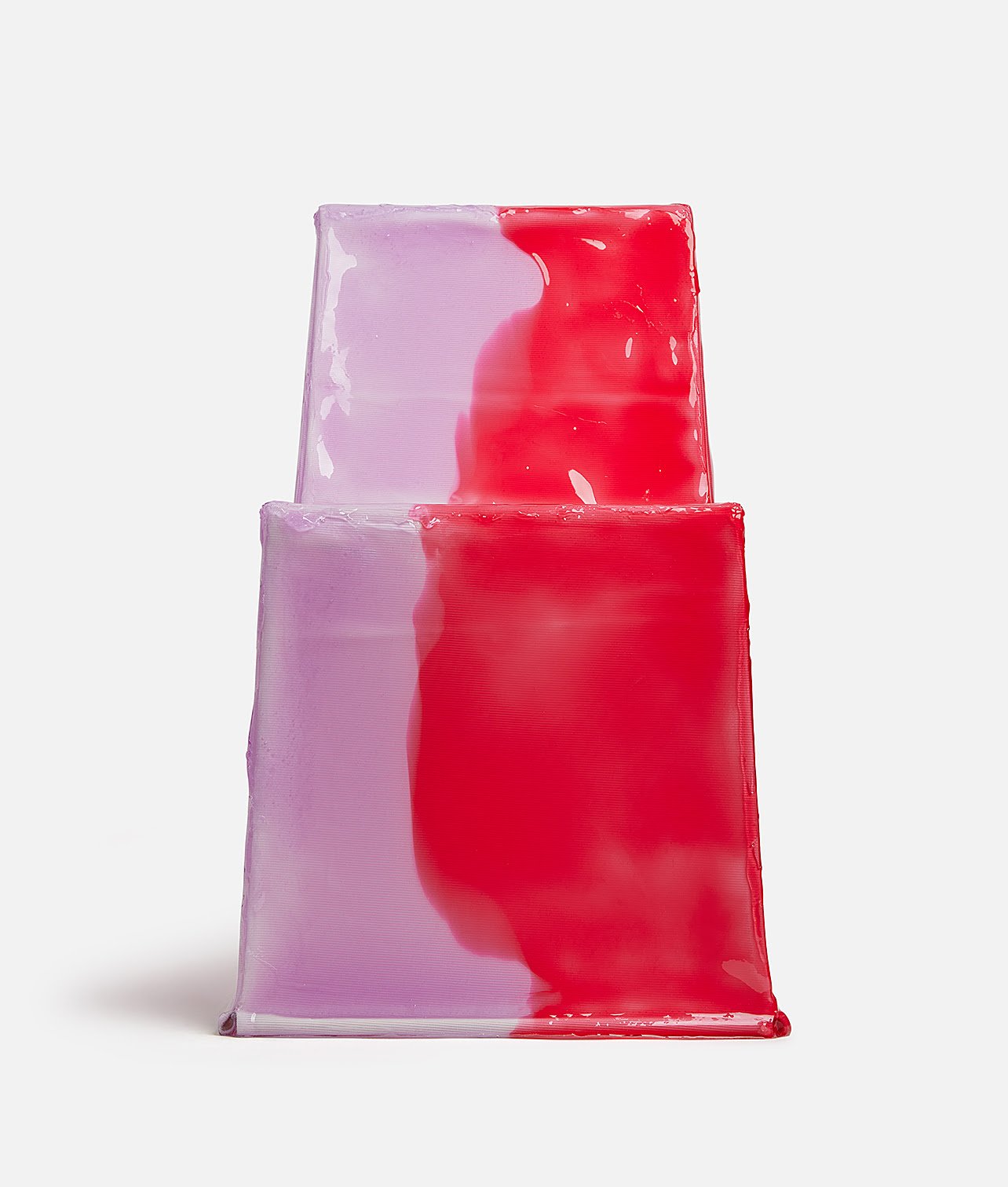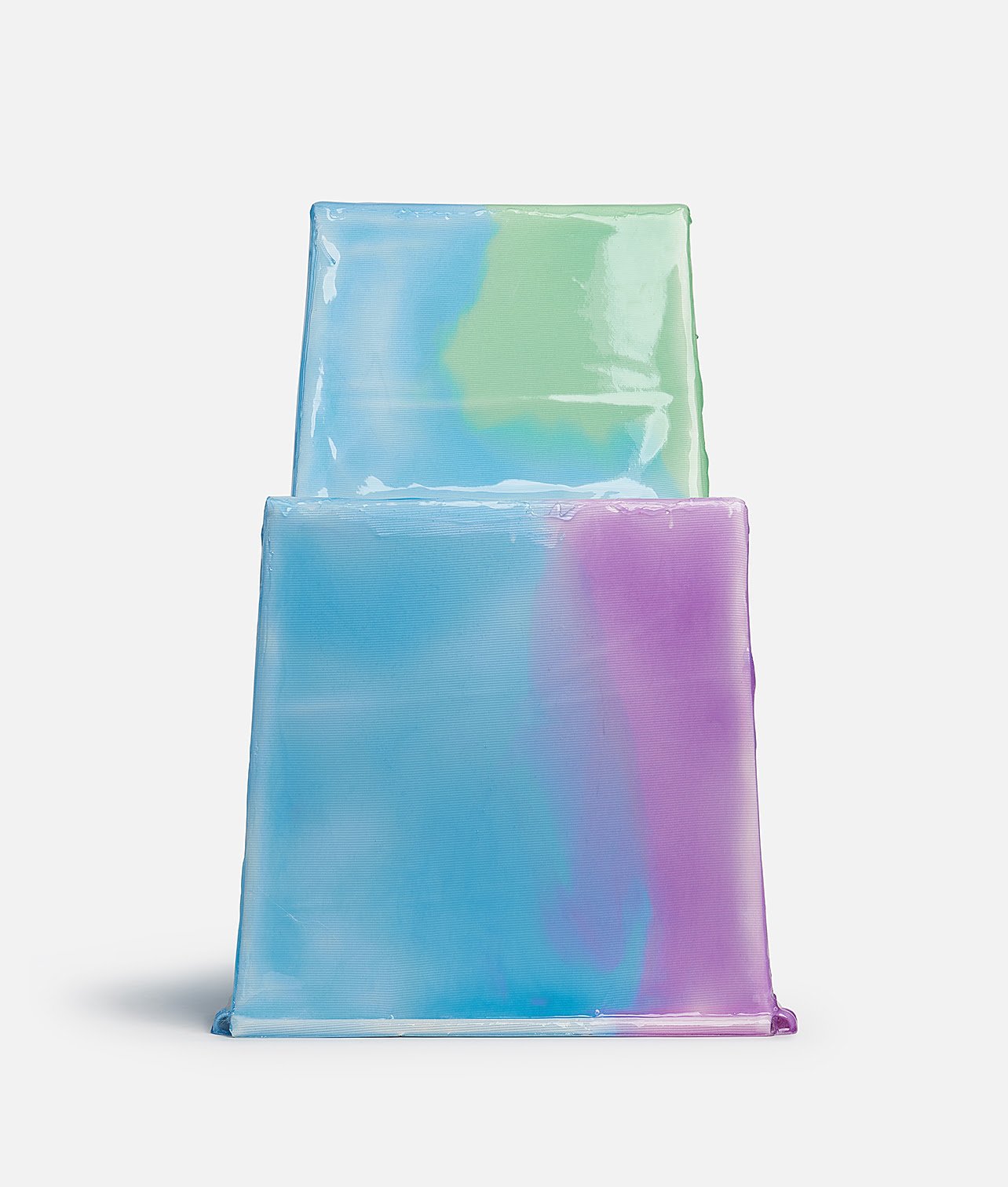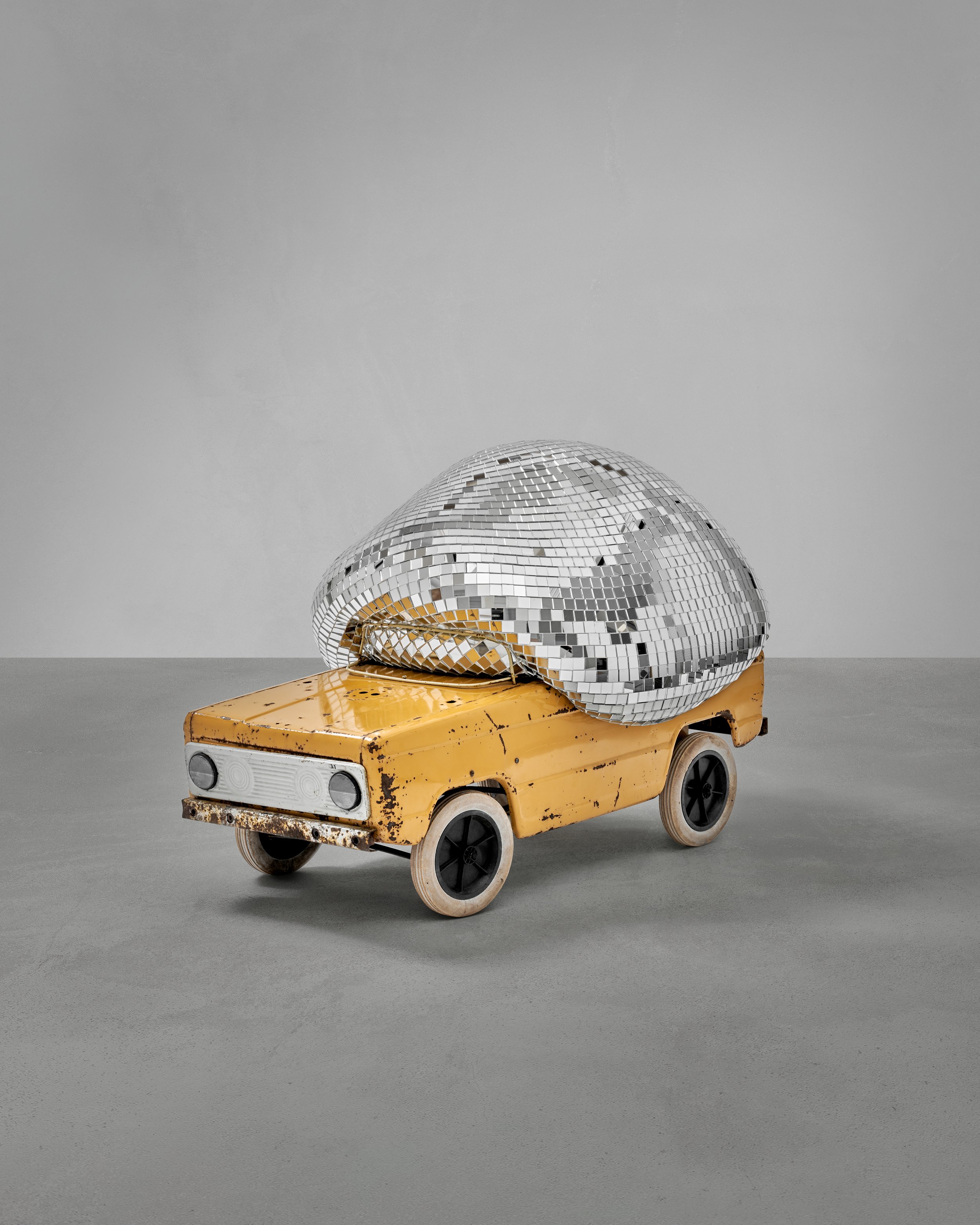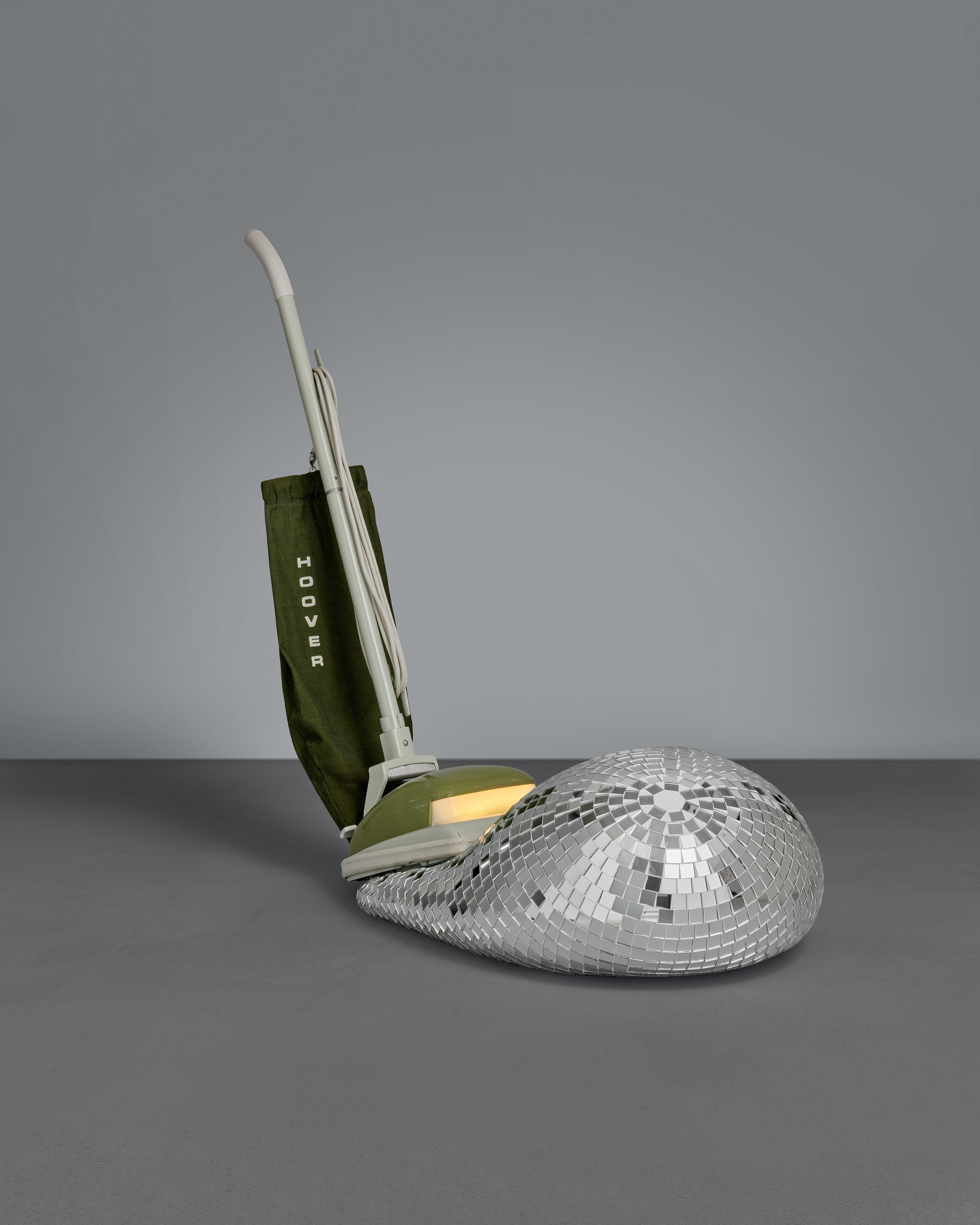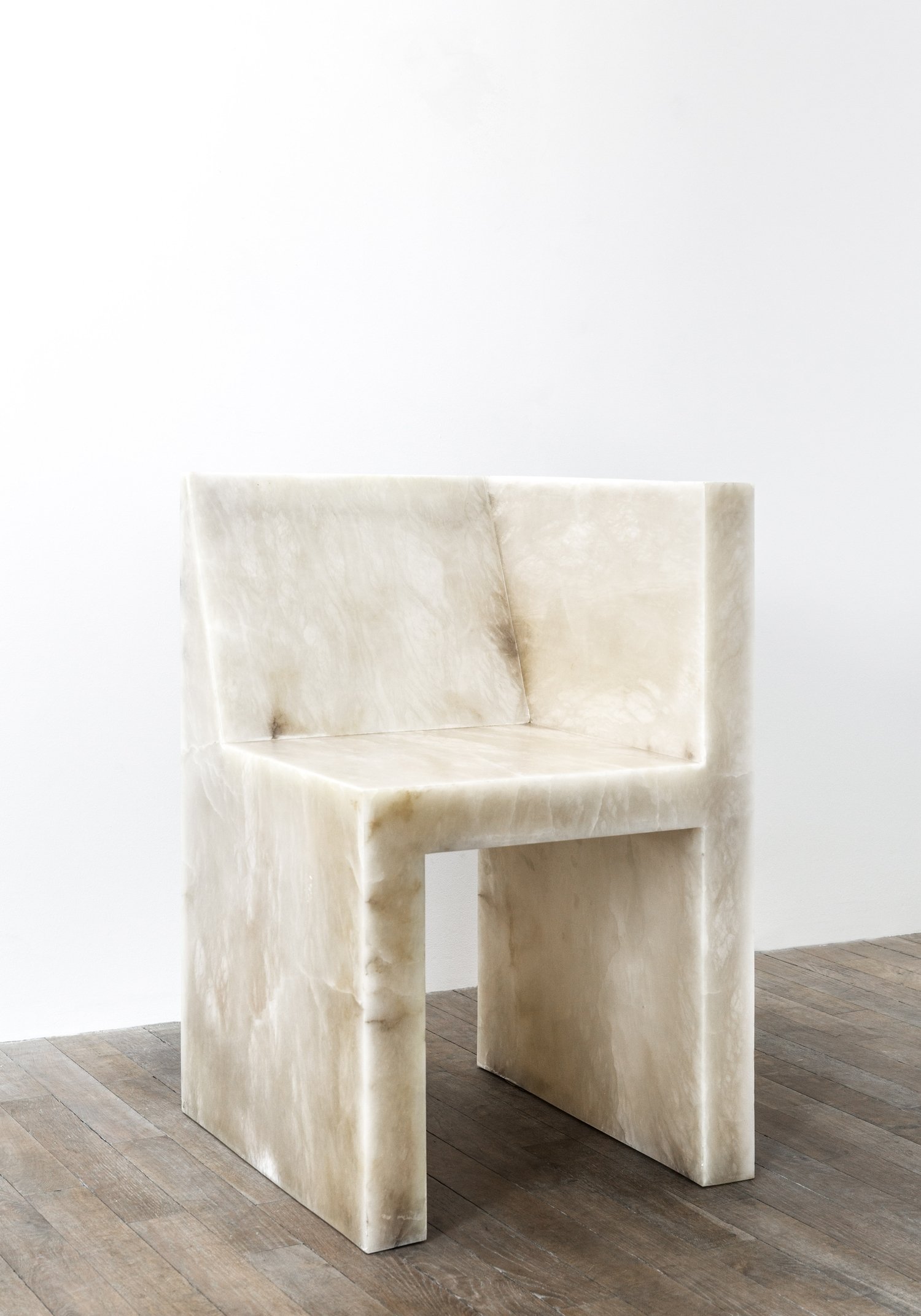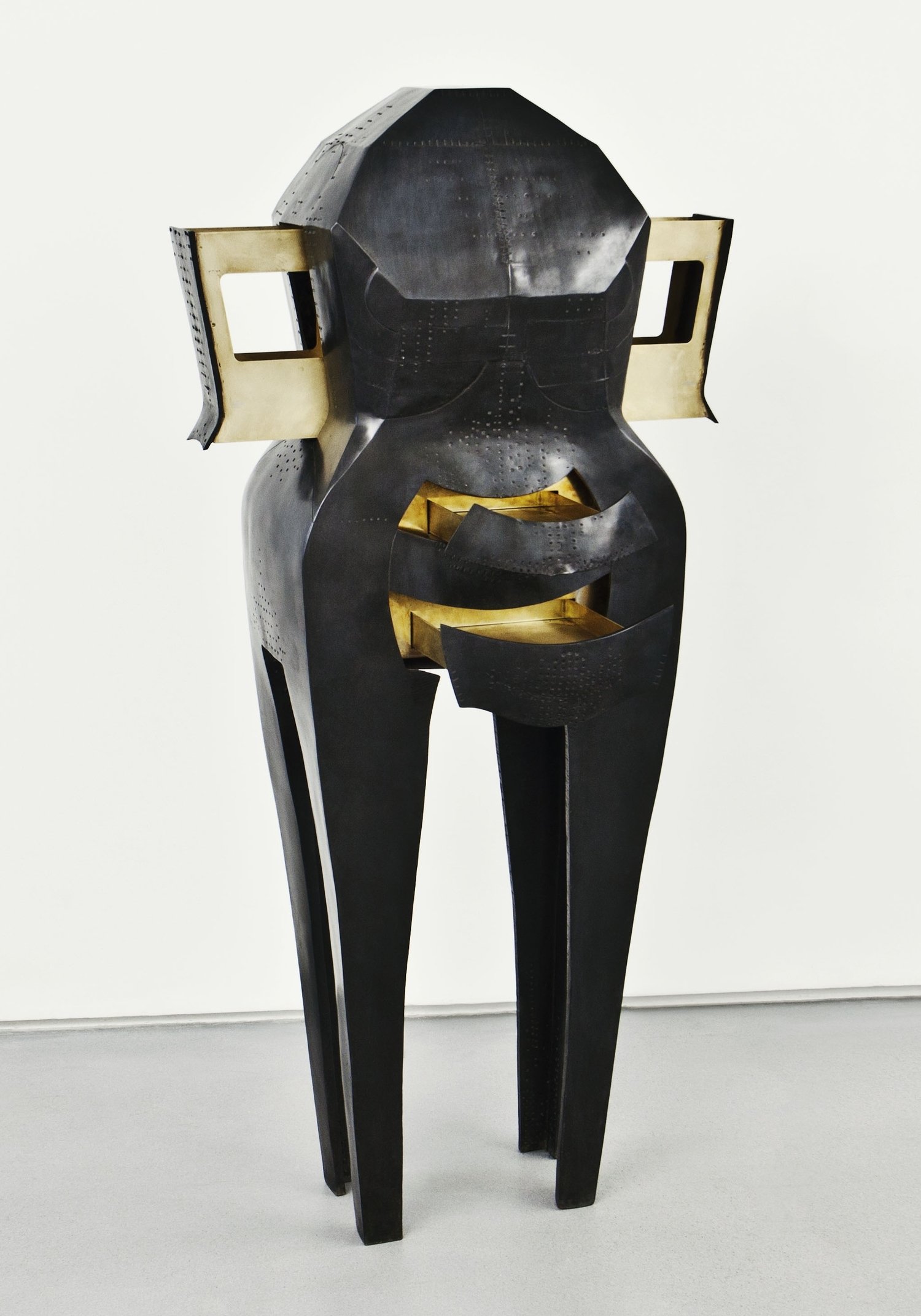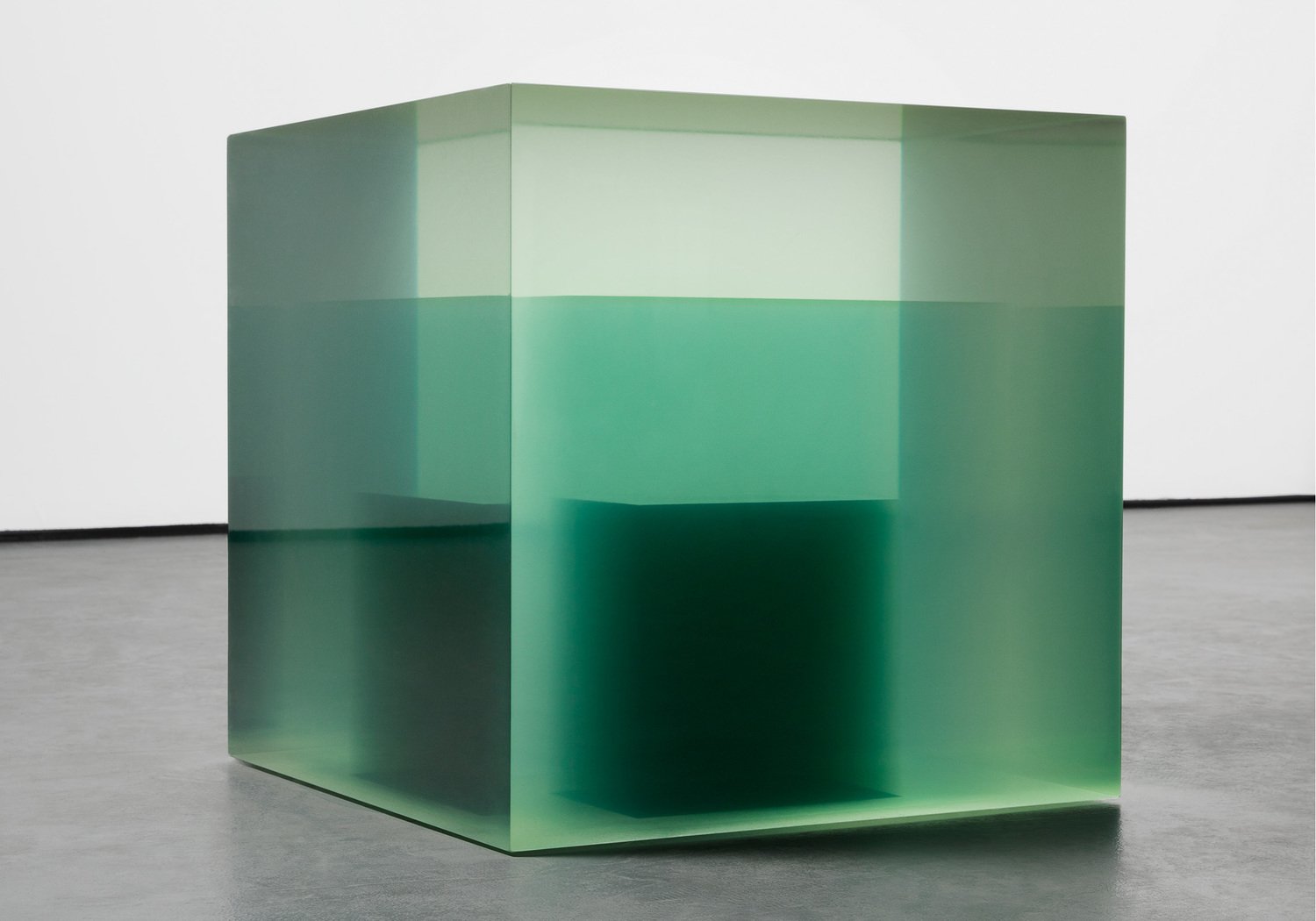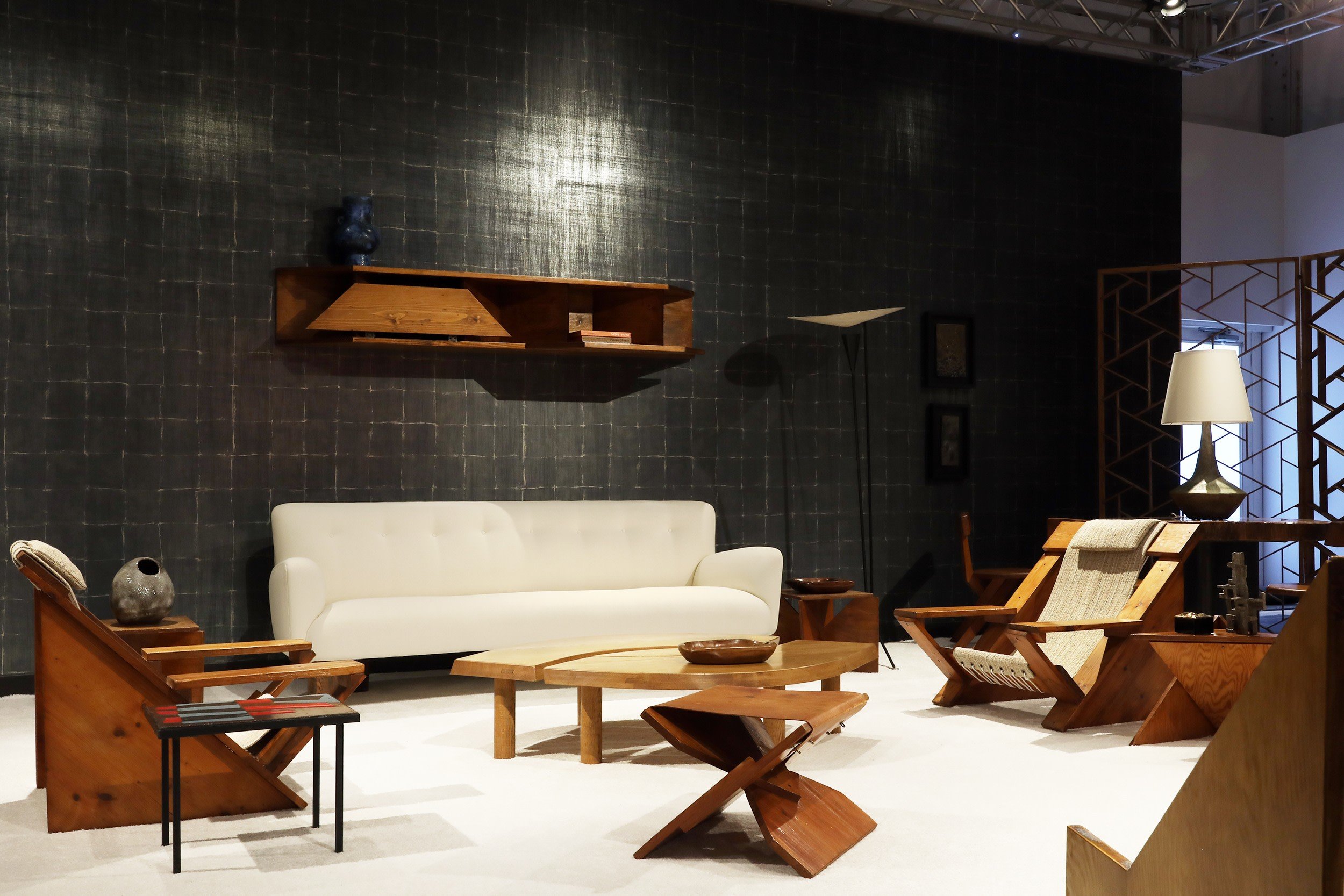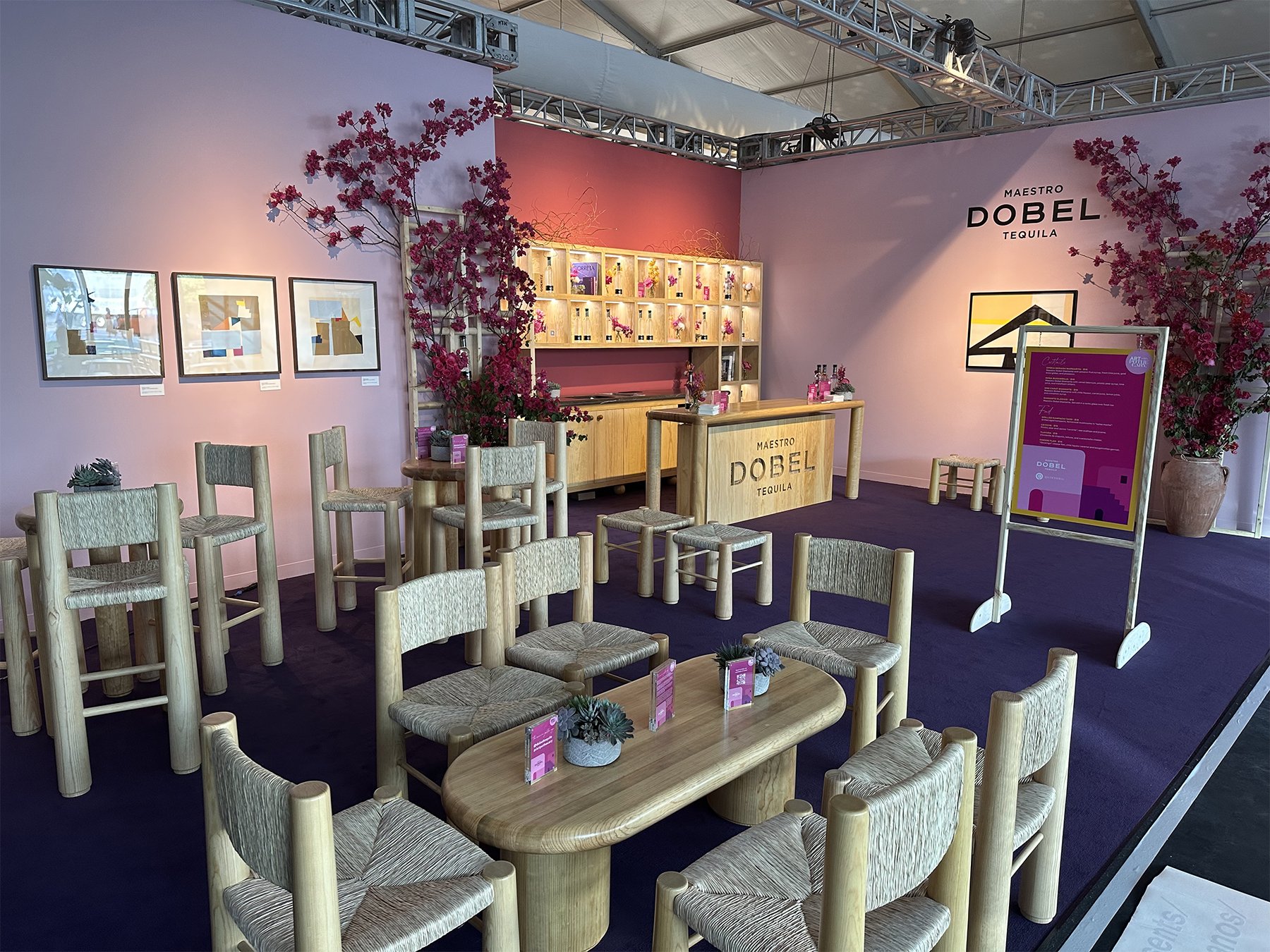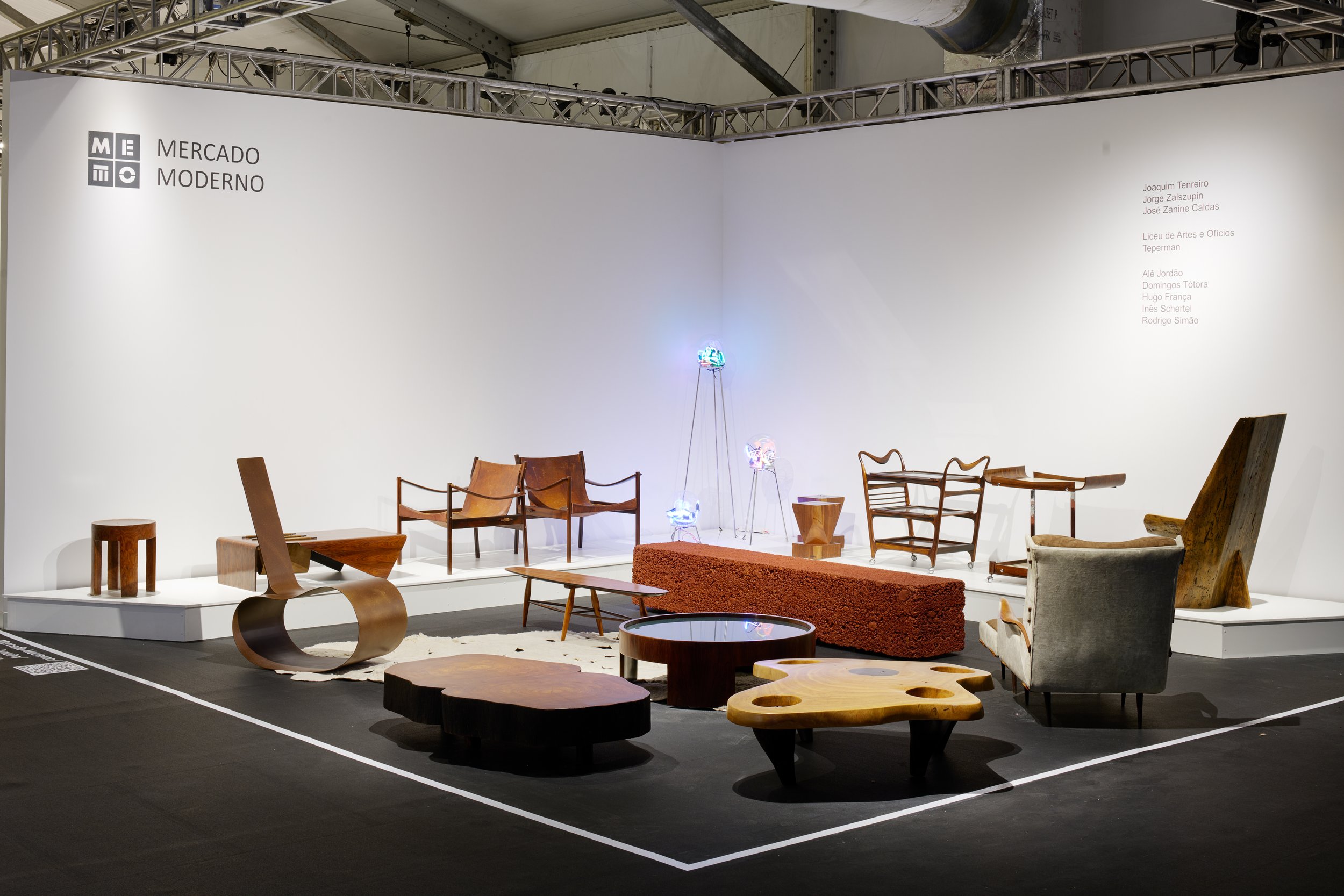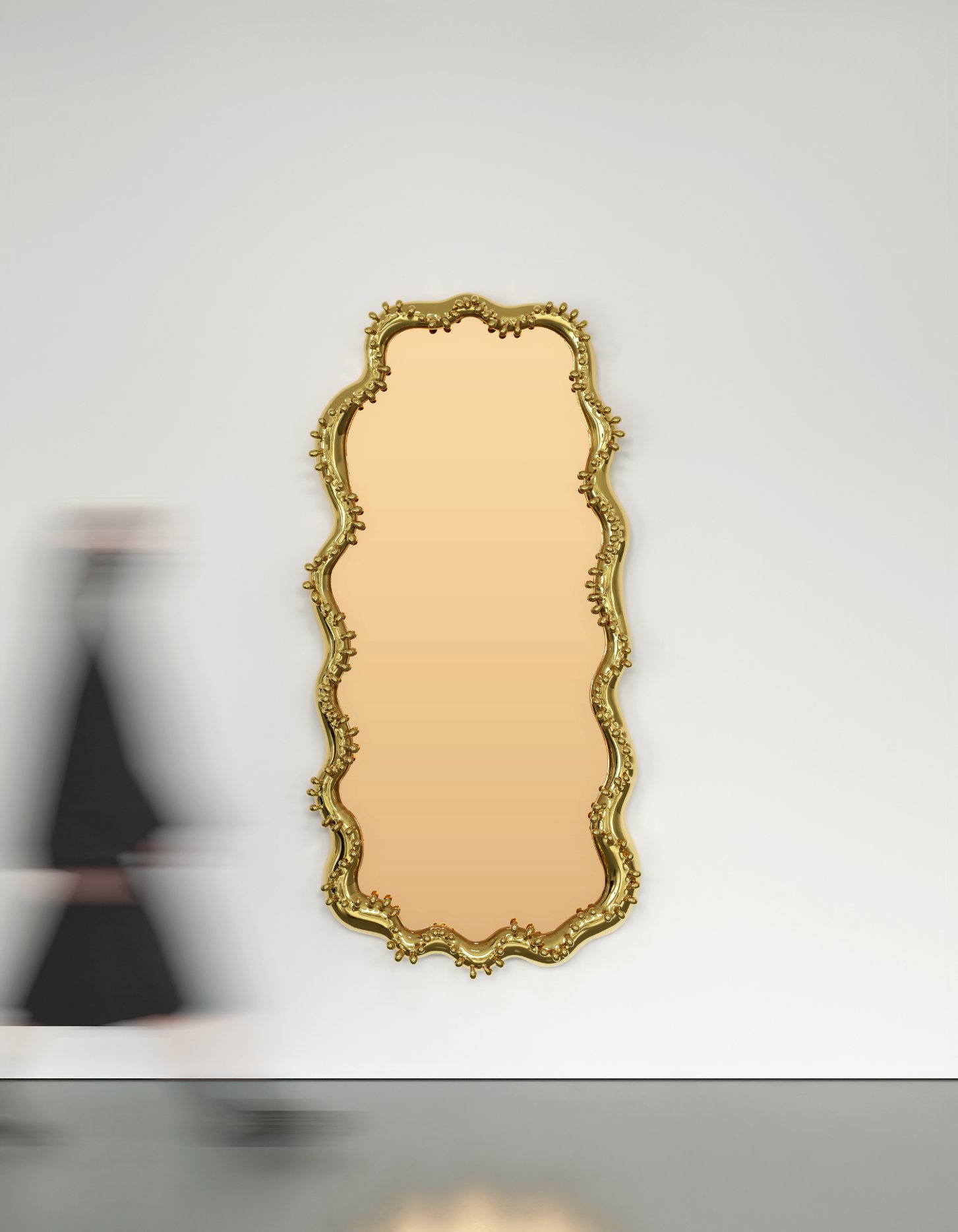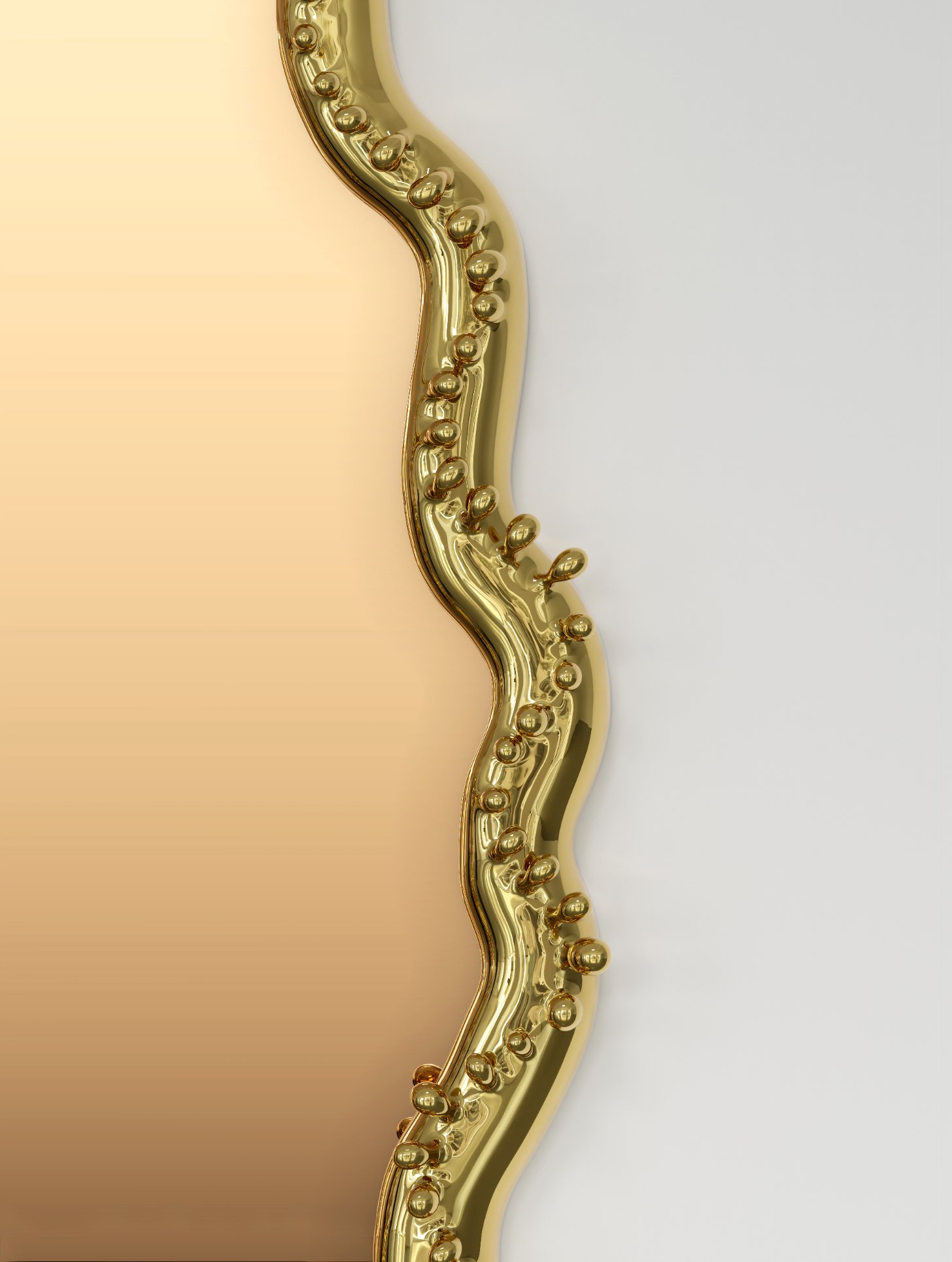April 11th marked the opening of Preservation, a group show curated by Paige Silveria and Paul Hameline at CØR Studio in Paris. The exhibition brings together a disparate group of artists (including Ladji Diaby, Alyssa Kazew, Mark Flood, Gogo Graham, Jordan Pallagès, Anthony Fornasari, Bill Taylor, Caos Mote, Ron Baker, Cecile Di Giovanni, Simon Dupety, Gaspar Willmann, Wolfgang Laubersheimer, and the late, great Gaetano Pesce) whose work ranges from photography, collage, video, design, sculpture, and more. These works explore the original purpose of our human intellect before it became aware of itself and started to ask the unknowable. They reflect on a time when the self wasn’t yet conscious and only concerned itself with preservation in the most existential sense of the word. On the occasion of the opening, Paige Silveria spoke with artist Ladji Diaby to learn more about his roots in Mali, his creative process, and his relationship to the art scene in Paris. Read more.
Bottega Veneta & Gaetano Pesce Present 'Vieni a Vedere' @ Salone del Mobile in Milan
The Humanist architect-designer-artist Gaetano Pesce is a towering figure in each of his fields; a true multidisciplinarian with an iconoclastic agenda who, despite a career spanning seven decades, still refuses to be cowed or quantified. In numerous public and private works realized globally, in the fields of architecture, town planning, interior design, industrial design and exhibition design, the constant experimentation of an artist who refuses repetition infuses all.
Following the commission given to Pesce to create a temporary site-specific artwork as show space for the Summer ’23 Bottega Veneta fashion show, the dialogue continues and a further stage is explored. Once again given creative carte blanche, and this time situated in the brand’s Montenapoleone store, Pesce creates a unique installation called ‘Vieni a Vedere’ (Come and See). Spanning the store, the immersive installation utilizes resin and fabric to create a unique experience that the visitor travels through. It frames an edition of handbags realised by Bottega Veneta for the artist according to his designs.
Embracing figuration and stories of the personal rather than the purely functional, Pesce’s bags utilize the idiosyncratic both in terms of handcraft and creativity. Based on mountains and prairies, the handbags echo his early life in Italy growing up near the mountains in Este, and the prairies of America, a reflection of where he lives today.
“This is my first design of a bag and it is figurative – two mountains with a sunrise or a sunset behind. I wanted a bag with an optimistic view. There is a capacity to realize anything at Bottega Veneta and this bag opens up a way to express future design. The design of the future has to be figurative and it has to communicate – such an object has to tell a story.” Gaetano Pesce
The installation is on view through April 22, where the artist’s edition of handcrafted handbags can also be purchased. Look out for an interview of Pesce in our forthcoming SS23 Utopia issue, also available for preorder April 22.
Design Miami Review: Reflections on a Future Golden Age of Design
Rotganzen
Quelle Basket, Miami Edition, 2022
Vintage Basketball Hoop, Quelle Fête
Mirror object: glass mirror, foam, grout, glue
Basket hoop: metal ring with fabric netting
62 x 69 x 80 cm
Edition of 12
text by Jennifer Piejko
There isn’t much time to sit down, considering all the seating options. For the eighteenth year in a row, Design Miami has set up next to the Miami Convention Center during Art Basel Miami Beach, bringing galleries, presentations, and talks to Pride Park.
The fair’s curatorial director, Maria Cristina Didero, leads a program with the theme “The Golden Age: Looking to the Future,” which celebrates “a tomorrow of our own creation.” Looks like tomorrow can go many ways, including enthusiasm, or, if not, at least surrender to amusement: there are Gaetano Pesce and Matthieu Blazy’s lustrous dripped resin chairs for Bottega Veneta sitting in a prismatic half-circle, offering gleeful, freeform optimism (and one of them even a cheeky smile); Finnish designer Kim Simonsson’s mossy children and miniature astronauts occupying levels of an industrial metal scaffolding installation by Urban Umbrella at New York’s Jason Jacques Gallery; Amsterdam’s Rademakers gallery’s room of deflated, dripping, gluttonous disco balls by the collective Rotganzen.
Lots of designs for tomorrow incorporate historical elements into their design as well: the collection of Brazilian modernist pieces including work by Joaquim Tenreiro, Jorge Zalszupin, and José Zanine Caldas at Rio de Janeiro’s Mercado Moderno; sensual, weathered wood and stone by Natasha Dakhli and Giancarlo Valle at New York’s Magen H Gallery; warm bronze seating by Ingrid Donat, monumental Rick Owens chairs, and radiant, alien translucent cubes by Niko Koronis, shown by Carpenter’s Workshop Gallery; Maestro Dobel Tequila constructed their “Artpothecary” in the center of the fair, offering a pink crossroads of sorts in the installation The Mexican Golden Age by Mexico City-based design studio Clásicos Mexicanos, as well as their new Latinx Art Prize with El Museo del Barrio in New York, awarded for the first time next fall.
A number of booths also took this year’s theme as a prompt for starting tomorrow at the beginning—looking backward. New York’s Bernard Goldberg Fine Arts had a booth of historical works, many of them screens and dividers, including Nicola D’Ascenzo’s freestanding stained-glass wall. The geometric Art Deco florals of The Chestnut Street Window (c. 1925) was made for the Philadelphia luncheonette Horn & Hardart, the coffee and sandwich dispensary that revolutionized “fast food.” Samuel Yellin’s Gates (1912–15), ornate black wrought-iron gates from a grand private residence, rest on a nearby wall; so do 1920s and ’30s fire screens by William Hunt Diederich and Adalbert Szabo, the latter made for the transatlantic ocean liner S.S. Normandie.
The Future Perfect’s presentation at Design Miami/ 2022, Booth G09.
Photo: Joseph Kramm. Courtesy the artists and The Future Perfect.
As with so many art and design fairs, there are a fair number of mirrored works, providing lots of selfie opportunities. One of the most popular, the squiggly, tentacled gold wall mirrors shown by the Haas Brothers’ Gallery All, literally framed rose-colored glass. The simple change to the standard mirror gave passersby a chance to sneak in a little self-flattery and self-reflection, the little boost that it takes to keep moving on a long day.


